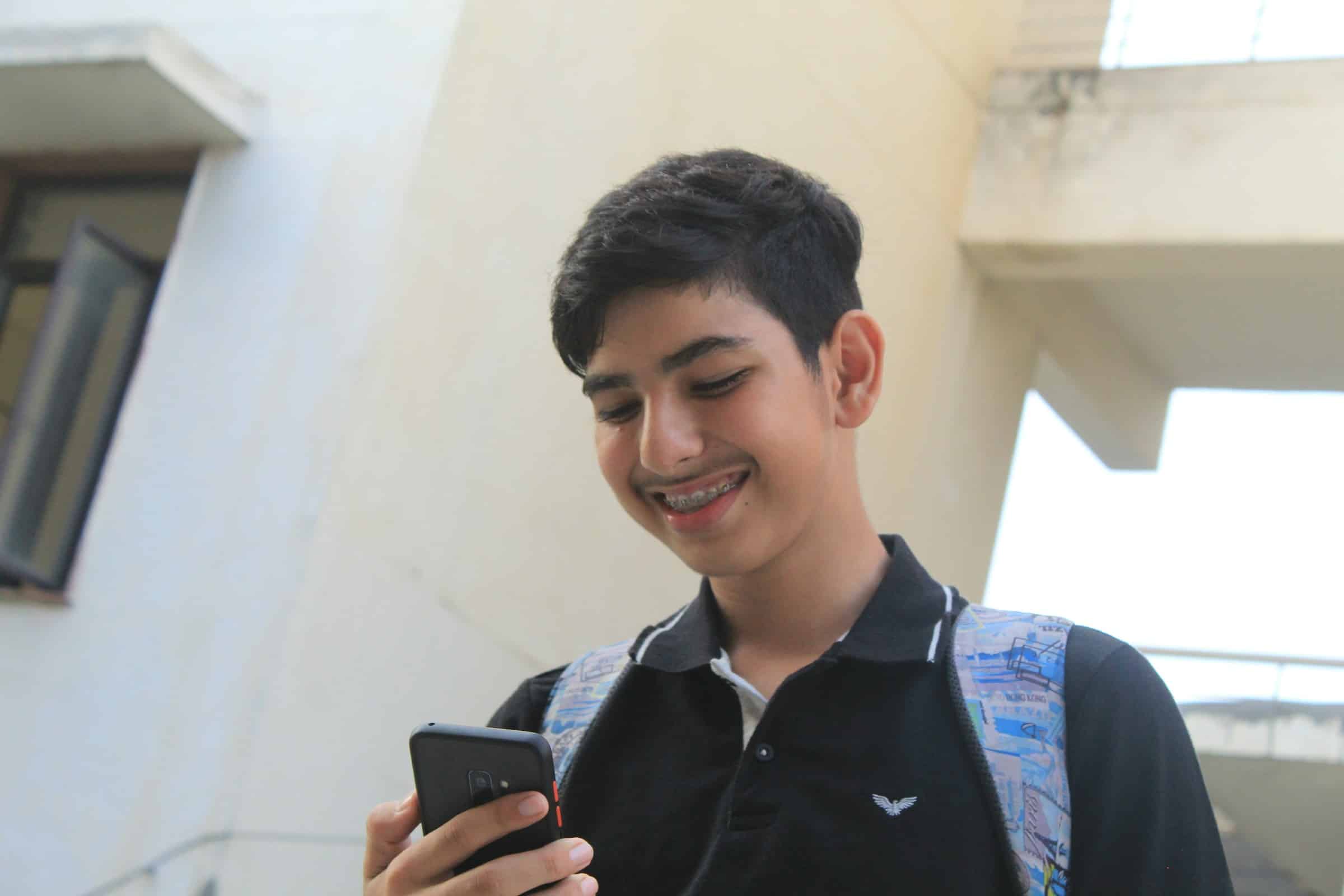Mobile gambling is very popular throughout the Philippines. It used to be that going to a casino or gambling hall now meant just a few taps on your smartphone. Young Filipinos are at the forefront of this digital gambling revolution because of their easy access to online casinos, sports betting sites, and e-sabong (online cockfighting). But what is actually driving this trend, and what does it mean for the young people of this country? Let’s take a closer look.
How did mobile device gambling become popular in the Philippines?
Everyone knows that the Philippines is one of the fastest growing online gambling markets in Southeast Asia. Cheaper smartphones, faster internet speeds, and numerous gambling apps allow anyone to engage in fun gaming anytime, anywhere. Now, whether you want to spin the slot reels, bet on a basketball game or participate in an online sabong match, it’s all just a click away.
Although the Philippine Amusement and Gaming Corporation (PAGCOR) and other government agencies control much of the gambling industry, the mobile side is not always easy to monitor.
Many gambling companies based outside the Philippines offer their services to Filipinos. Because they are based overseas, they often circumvent local laws. These apps are heavily advertised on social media and offer attractive bonuses and free credits that young people find difficult to refuse.
These mobile platforms feel more like games than gambling because of their flashy designs, fast gameplay, and competitive atmosphere. That’s where the problem begins.
Why Young Filipinos Are Getting Addicted

Unlike regular casinos that require ID verification and age restrictions, there are many gambling apps that you can download right away without having to show ID or prove your age. You can start playing in seconds and usually don’t require a lot of money. Gambling seems safe for teens and young adults because the barriers to entry are low.
There is also a cultural aspect. Filipinos have always loved gambling, whether it be betting on festivals, playing bingo at family gatherings, or cheering on their favorite Sabong rooster. For many young players, when gambling went online, it seemed like the next step. It’s easy to see how gambling is glorified with the help of social media, where streamers and influencers boast about their “big wins” and betting strategies.
The dangers Filipinos don’t see behind their screens
Mobile gambling may seem like a fun and safe way to pass the time, but it can be very dangerous, especially for younger players. Addiction is the biggest problem. Bright graphics, constant rewards, and instant feedback are all things gambling apps use to keep users coming back.
Many young players start out with small bets, but later lose and have to chase losses, costing more than they can afford. This can quickly lead to debt for people without a steady income or even borrowing money to gamble.
There is also a psychological cost. Continuing to lose can make you feel angry, anxious, and depressed. And because mobile gambling is private, it’s easy for these problems to go unnoticed until they become serious. Another big concern is safety.
Many unregulated gambling sites do not protect users’ data or transactions, making players easy targets for fraud and identity theft.
What the government is doing and tasks
The Philippine government has been trying to control online gambling, primarily through PAGCOR. PAGCOR licenses legitimate operators and ensures that people play responsibly. Many apps used by teens and young adults are hosted in other countries where local authorities cannot access them.
More and more people are worried about unlicensed operators. They don’t care about age restrictions and often use cryptocurrencies or third-party payment systems that are difficult to track. This makes it nearly impossible to stop children from gambling or people from stealing money.
Experts believe the answer isn’t just stricter laws. It’s also teaching people. Digital literacy programs that teach teens how to spot risky sites, set limits and gamble safely can make a big difference.
How to roll dice safely
Filipino teenagers are increasingly gambling on their mobile phones, and this is not just a passing trend. This is part of the country’s larger digital transformation. Technology has made it easier to have fun, but it has also increased the risks we have to deal with.
As more and more young Filipinos use the Internet, it is important to help them develop healthy habits that combine fun and responsibility. Gambling can be fun, but you should do it in moderation and know what you are getting into. Real winning isn’t about hitting the jackpot. It’s about knowing when to stop.
